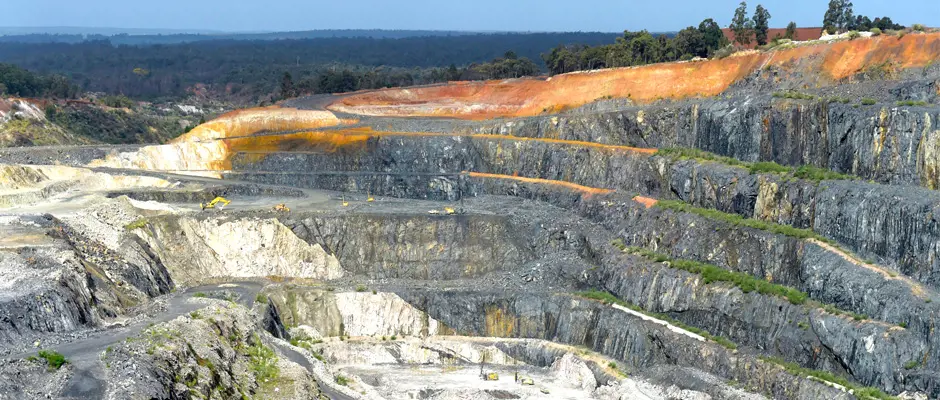Session
M10 Mining Geotechnics and Hydrogeology | Monday, October 3, 2022
Abstract
There is a growing shift toward incorporating uncertainty through reliability-based approaches in the geotechnical industry. Typical frequentist approaches to statistics rely on large sample theory to quantify uncertainty. Bayesian approaches, on the other hand, have the ability to deal with uncertainties related to small sample sizes or limited knowledge. They can also incorporate many different types of information like engineering judgment and past experience at similar sites. This makes it a natural fit to many geotechnical applications, including tailings dam design, where practitioners need to make design decisions based on a limited of number of samples. Hierarchical, or multi-level, Bayesian models have the additional benefit of providing a formal framework to incorporate related - but not identical - information. For example, information from other similar tailings facilities can still be useful even if it is not as directly relevant as data from the specific facility of interest.
This paper presents an example case study showing how a Bayesian hierarchical model can be used to quantify uncertainty and define effective friction angle estimates to use in stability assessments. In this example, ten undrained triaxial tests are available from four different facilities spread across one mine site. All the available data is used to quantify uncertainty across the site, within each facility, and when making predictions at new sites where no data is available yet. While the presented case study provides an example for estimating friction angles, the same basic theory and model framework can easily be extended to any other parameter of interest.
Authors
Presenter
- Dr. Bryce Marcotte | Civil/Geotechnical Consultant




